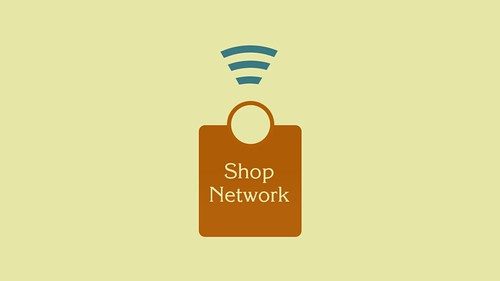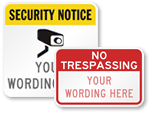Stores tap into Wi-Fi to monitor shoppers
When you try to connect to the free Wi-Fi a store offers, it can cost you in privacy. Some stores argue that they focus on collecting metadata, so information on individuals remains private, while other retailers throw in offers to attract consumers and gather a wide range of information.

Each time you connect to free Wi-Fi, retailers learn more and more about your shopping behavior. From shelby_bonilla.
Today, some brick-and-mortar stores come equipped with technology that can access the Wi-Fi card on your smartphone. The store can read your MAC address (a twelve digit unique code that routers use to ensure they send data to the correct recipient), and then monitor your movements while you’re in the store.
Combined with video surveillance, which nearly all stores have, the technology can provide a wealth of information to retailers. Visually, they can link your demographics, such as your age and gender, to the time you spent looking at a display, your purchases, and more.
“Brick-and-mortar stores have been disadvantaged compared with online retailers, which get people’s digital crumbs,” says Guido Jouret, head of Cisco’s emerging technologies group. Not anymore.
Stores offer rewards for sharing in-store locations

While shopping in-store may still be less convenient for customers than shopping online, the stores themselves are closing the information gap between online retail and brick-and-mortar. From Achilli Family | Journeys.
Like online retailers, stores are using data to offer personalized deals to shoppers. To do this, Nomi, an in-store analytics firm, looks at information shared by a consumer through an app he or she has downloaded from the store. “It’s literally bringing the Amazon experience into the store,” says Nomi president Corey Capasso.
Similarly, location analytics company Placed has an app (downloaded over 500,000 times) that gives cash and gift cards to consumers who share their in-store location.
Although consumers online do not view cookies as too intrusive, they often object to being monitored within stores. Nordstorm faced flak after consumers discovered that it was using wi-fi to monitor them. Although Nordstorm posted signs alerting consumers to the fact that they were being surveyed and that they could opt out, many resented the monitoring. Consumers objected to the process being an opt-out rather than an opt-in.
Some retail analytics firms offer the option to opt-out of such schemes online. However, this can be a cumbersome process, with consumers having to opt-out for individual devices they have, one by one.
Retailers to follow a protocol for snooping?
Soon, there could be more transparency around store data collection. The Future of Privacy Forum and some location analytics firms have agreed to a Code of Conduct proposed by Senator Chuck Schumer.
The code includes in-store signs warning consumers that they are being surveyed, with information on how they can opt-out. Companies must limit how information is used and how long they can keep it, in addition to depersonalizing data and clarifying how they do so in their privacy policy.
Category: Surveillance

















